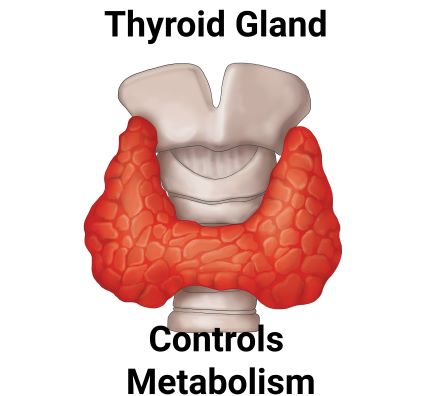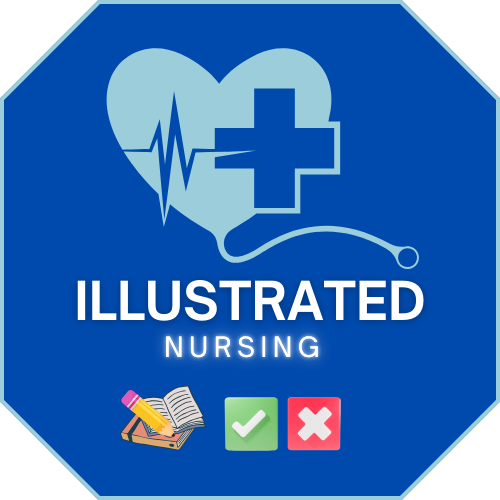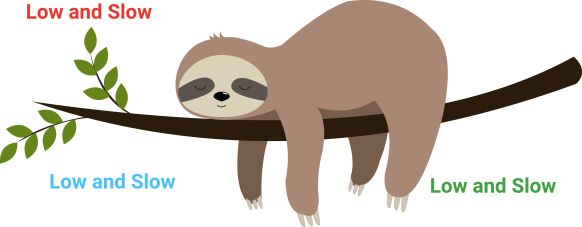Hyperthyroidism vs. Hypothyroidism
/*! elementor – v3.12.1 – 02-04-2023 */
.elementor-heading-title{padding:0;margin:0;line-height:1}.elementor-widget-heading .elementor-heading-title[class*=elementor-size-]>a{color:inherit;font-size:inherit;line-height:inherit}.elementor-widget-heading .elementor-heading-title.elementor-size-small{font-size:15px}.elementor-widget-heading .elementor-heading-title.elementor-size-medium{font-size:19px}.elementor-widget-heading .elementor-heading-title.elementor-size-large{font-size:29px}.elementor-widget-heading .elementor-heading-title.elementor-size-xl{font-size:39px}.elementor-widget-heading .elementor-heading-title.elementor-size-xxl{font-size:59px}
HYPERthyroidism
/*! elementor – v3.12.1 – 02-04-2023 */
.elementor-widget-image{text-align:center}.elementor-widget-image a{display:inline-block}.elementor-widget-image a img[src$=”.svg”]{width:48px}.elementor-widget-image img{vertical-align:middle;display:inline-block} 
/*! elementor – v3.12.1 – 02-04-2023 */
.elementor-accordion{text-align:left}.elementor-accordion .elementor-accordion-item{border:1px solid #d5d8dc}.elementor-accordion .elementor-accordion-item+.elementor-accordion-item{border-top:none}.elementor-accordion .elementor-tab-title{margin:0;padding:15px 20px;font-weight:700;line-height:1;cursor:pointer;outline:none}.elementor-accordion .elementor-tab-title .elementor-accordion-icon{display:inline-block;width:1.5em}.elementor-accordion .elementor-tab-title .elementor-accordion-icon svg{width:1em;height:1em}.elementor-accordion .elementor-tab-title .elementor-accordion-icon.elementor-accordion-icon-right{float:right;text-align:right}.elementor-accordion .elementor-tab-title .elementor-accordion-icon.elementor-accordion-icon-left{float:left;text-align:left}.elementor-accordion .elementor-tab-title .elementor-accordion-icon .elementor-accordion-icon-closed{display:block}.elementor-accordion .elementor-tab-title .elementor-accordion-icon .elementor-accordion-icon-opened,.elementor-accordion .elementor-tab-title.elementor-active .elementor-accordion-icon-closed{display:none}.elementor-accordion .elementor-tab-title.elementor-active .elementor-accordion-icon-opened{display:block}.elementor-accordion .elementor-tab-content{display:none;padding:15px 20px;border-top:1px solid #d5d8dc}@media (max-width:767px){.elementor-accordion .elementor-tab-title{padding:12px 15px}.elementor-accordion .elementor-tab-title .elementor-accordion-icon{width:1.2em}.elementor-accordion .elementor-tab-content{padding:7px 15px}}.e-con-inner>.elementor-widget-accordion,.e-con>.elementor-widget-accordion{width:var(–container-widget-width);–flex-grow:var(–container-widget-flex-grow)}
Causes
- Graves Disease
- Too much Iodine ⇑ T3 and T4
- Throid medication excess (Levothyroxine)
- ⇓ TSH (thyroid-stimulating hormone)
- ⇑ T3 & T4
- Memorize it!
- Pituitary produces TSH
- If the pituitary sees that the thyroid is hyperactive (producing too much T3 & T4), it will slow down. Thus, TSH is low.
- Hyperthyroidism: Everything is HYPER
- HIGH Metabolism (skinny)
- HIGH BP and HR (Palpitations)
- HIGH GI- diarrhea)
- HIGH Temperature
- HOT and SWEATY
- Heat Intolerance
- Hyper-excitable/Irritable
- Nervous/tremors
- Weight loss and hair loss
- High appetite but losing weight
- Goiter (enlarged Thyroid)
- EXOPHTHALMOS


Anti-thyroid medications
- Methimazole (cannot be used in 1st trimester of pregnancy. Only 2nd and 3rd).
- PTU (Propylthiauracil)
- PTU only anti-thyroid medication that can be used during 1st trimeter of pregnancy.
- Important anti-thyroid side effects to remember: Agranulocytosis and aplastic anemia
- Beta blockers to decrease BP & HR
- Iodine compounds
- Radioactive Iodine therapy (client may have taste changes and swollen salivary glands)
- Thyroidectomy (watch for thyroid storm after thyroidectomy because excessive T3 & T4 enters the bloodstream, causing severe hypertension, tachycardia, and elevated temperature)
- Monitor for hypocalcemia: parathyroid is close to the thyroid
- Monitor for laryngeal nerve damage during thyroidectomy. Ask client to speak.
- Monitor respiratory status. swelling and hemorrhage can obstruct airway. Listen to stridor and have the tracheostomy tray at the bedside
- If due to excess thyroid hormone intake, reduce dosage.
- Thyroid Storm/Thyrotoxic crisis
- Severe symptoms of hyperthyroidism. It is a medical emergency
- High temperature, tachycardia, systolic HTN, diarrhea, tremors, agitation, seizures, and coma.
- Treatment: PTU, beta blockers, glucocorticoids, thyroidectomy
HYPOthyroidism
- Hashimoto’s Disease
- Low Iodine ⇓T3 and T4
- Thyroidectomy
- Pituitary Tumor
- Anti-thyroid medication
- Mostly Women
- ⇑ TSH (thyroid-stimulating hormone)
- ⇓ T3 & T4
- The pituitary produces TSH, if it sees that the thyroid is hypoactive (producig low T3 & T 4), the pituitary gland will make more TSH
- Hypothyroidism: Everything is HYPO
- Low energy
- Low Metabolism (weight gain)
- Low HR, BP, RR, and Temp
- Slow GI (constipation)
- Low mood/sex drive
- Low mind/memory
- Low interest/Apathy
- Slow menstruation
- Hair loss/Brittle nails
- Puffy face
- Myxedema (swealling)
- Low appetite but gaining weight
- Intolerance to Cold


- Levothyroxcine (hormone replacement)
- Life-long treatment
- Must take in the morning and in an empty stomach to increase absorption.
- Do not give narcotics to these patients due to hypersensitivity
Myxedema Coma
/*! elementor – v3.12.1 – 02-04-2023 */
.elementor-alert{padding:15px;border-left:5px solid transparent;position:relative;text-align:left}.elementor-alert .elementor-alert-title{display:block;font-weight:700}.elementor-alert .elementor-alert-description{font-size:13px}.elementor-alert button.elementor-alert-dismiss{position:absolute;right:var(–dismiss-icon-horizontal-position,10px);top:var(–dismiss-icon-vertical-position,10px);padding:3px;font-size:var(–dismiss-icon-size,20px);line-height:1;background:transparent;color:var(–dismiss-icon-normal-color,inherit);border:none;cursor:pointer;transition-duration:var(–dismiss-icon-hover-transition-duration,.3s)}.elementor-alert button.elementor-alert-dismiss:hover{color:var(–dismiss-icon-hover-color,inherit)}.elementor-alert button.elementor-alert-dismiss svg{width:var(–dismiss-icon-size,20px);height:var(–dismiss-icon-size,20px);fill:var(–dismiss-icon-normal-color,currentColor);transition-duration:var(–dismiss-icon-hover-transition-duration,.3s)}.elementor-alert button.elementor-alert-dismiss svg:hover{fill:var(–dismiss-icon-hover-color,currentColor)}.elementor-alert.elementor-alert-info{color:#31708f;background-color:#d9edf7;border-color:#bcdff1}.elementor-alert.elementor-alert-success{color:#3c763d;background-color:#dff0d8;border-color:#cae6be}.elementor-alert.elementor-alert-warning{color:#8a6d3b;background-color:#fcf8e3;border-color:#f9f0c3}.elementor-alert.elementor-alert-danger{color:#a94442;background-color:#f2dede;border-color:#e8c4c4}@media (max-width:767px){.elementor-alert{padding:10px}.elementor-alert button.elementor-alert-dismiss{right:7px;top:7px}}
Important to know about Anti-thyroid medications (PTU and methimazole)
The client must take them at the same time every day. Avoid foods high in idione. They take a while to work. Avoid aspirin because it increases thyroid hormone levels. Also, side effects are agranulocytosis and aplastic anemia.



